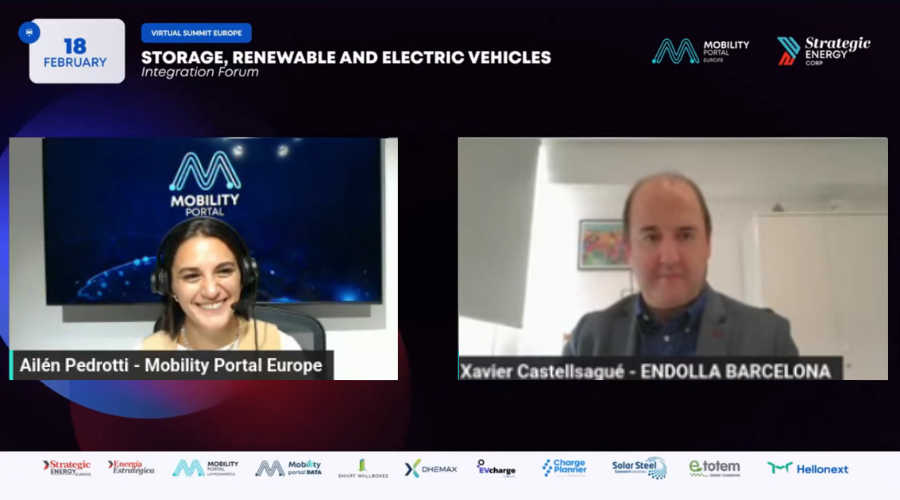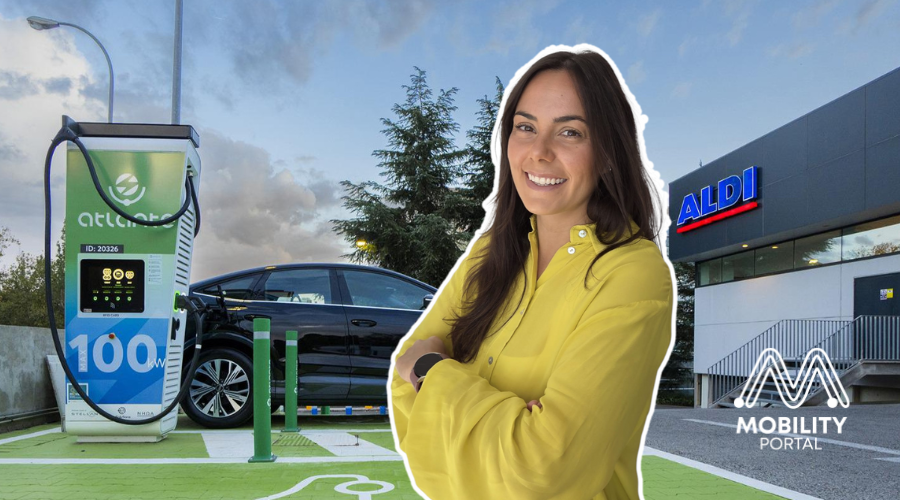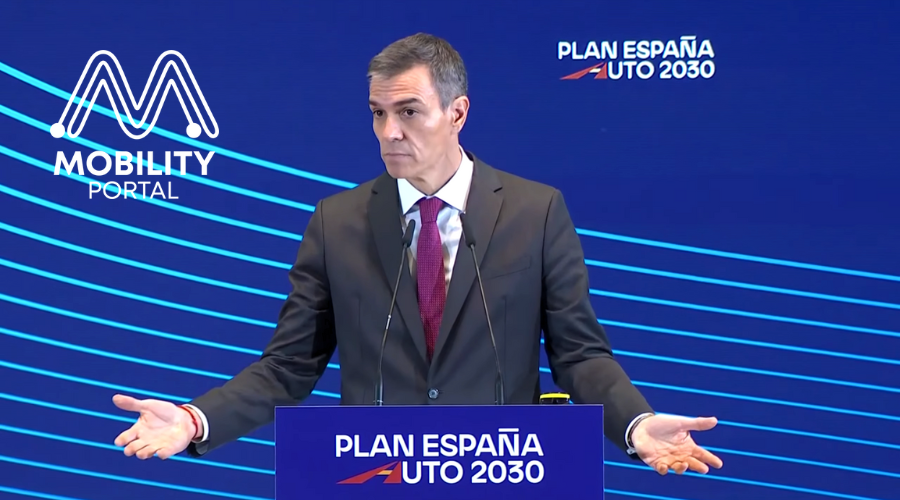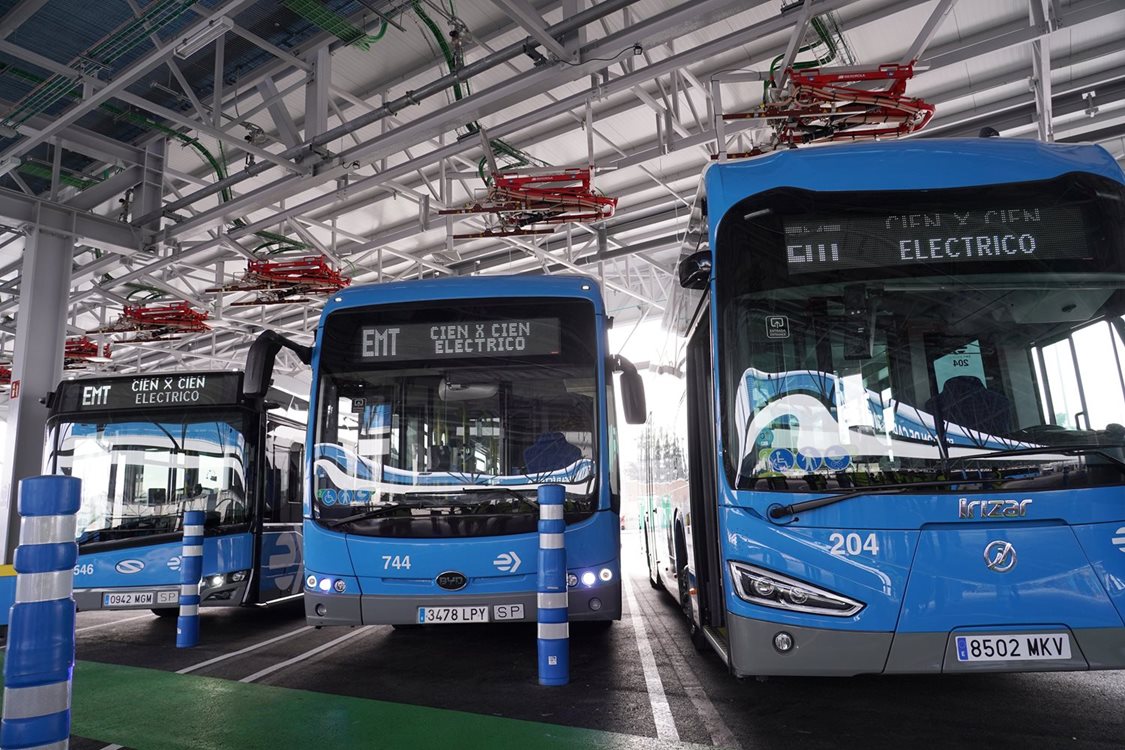For Xavier Castellsagué, Head of Business Unit at Endolla Barcelona, there is no one-size-fits-all urban charging model.
But on what basis does he make this claim with such certainty?
“From the beginning, we were clear that we wanted to be close to the user. In cities, installing charging hubs is challenging due to space constraints, so we opted for a capillarity-based model,” Castellsagué explains.
Barcelona has developed one of Spain’s largest urban charging networks, with over 1,000 charging points strategically distributed. The premise has been clear: making access easy and helping users familiarise themselves with electric mobility in their daily lives.
“The concept of capillarity was essential. We wanted users to see the infrastructure and have charging available near their homes,” he highlights.
However, during the latest Mobility Portal Europe virtual summit, part of Strategic Energy Corp, he acknowledged that this strategy must evolve over time.
“It works today, but in 10 or 15 years, will it still be the best option? We don’t know. What is clear is that a combination of urban charging and high-power hubs is the most efficient solution.”
Differences in charging models across Spain and the challenge of regulation
Charging infrastructure deployment does not follow a single model.
Each city develops its own strategy based on its specific needs and constraints.
Barcelona, Madrid, and Valencia have each taken different approaches, adapting to their unique urban realities.
“There is no universal formula. Some cities prioritise on-street charging, while in others, ultra-fast charging hubs make more sense,” Castellsagué explains.
Despite this flexibility, one common challenge remains across Spain: the lack of a unified interoperability model.
“In countries like the Netherlands or Portugal, the entire charging network is centralised in a single, government-regulated app. In Spain, we face a high level of operator fragmentation, with each having its own platform,” he warns.
To enhance accessibility and improve user experience, regulation must move towards real network integration, allowing any driver to use any charging station, regardless of the operator.
Beyond infrastructure: Endolla’s vision for integrated electric mobility
The deployment of charging stations is just one piece of the puzzle.
Electric mobility must be part of a comprehensive urban planning strategy, where charging infrastructure integrates seamlessly with public transport and shared mobility solutions.
“Electromobility is not just about replacing a combustion car with an electric one; it’s about transforming the way we move in cities,” reflects Castellsagué.
From his perspective, local governments play a crucial role in ensuring that charging networks expand equitably and remain accessible to all.
“Municipal policies must drive infrastructure deployment in a planned manner, ensuring that the transition is both inclusive and efficient,” he concludes.
Read more:
-
Atlante y su “modelo híbrido”: generación, almacenamiento y recarga ultrarrápida para un sistema más resiliente
Atlante acelera su despliegue en España y en diálogo con Mobility portal, Inés Mackey, Chief of Staff de Atlante Iberia define las prioridades de la empresa y su apuesta por la interoperabilidad de la mano de Charge League.
-
Spain Auto 2030: a point-by-point look at the plan set to redefine the eMobility landscape
Spain has entered a new phase in its industrial strategy for electric mobility. The Government has unveiled Spain Auto 2030, a roadmap designed to mobilise €30 billion over the next five years, reshaping the centre of gravity of the electric vehicle market through fresh incentives, a centralised management model, targeted investment in charging infrastructure and…
-
EMT Madrid licita 120 nuevos buses eléctricos: inversión de 79,35 millones y entregas entre 2026-2027
Con esta incorporación, Madrid refuerza su estrategia de descarbonización y consolida una de las flotas eléctricas urbanas más grandes de Europa.











